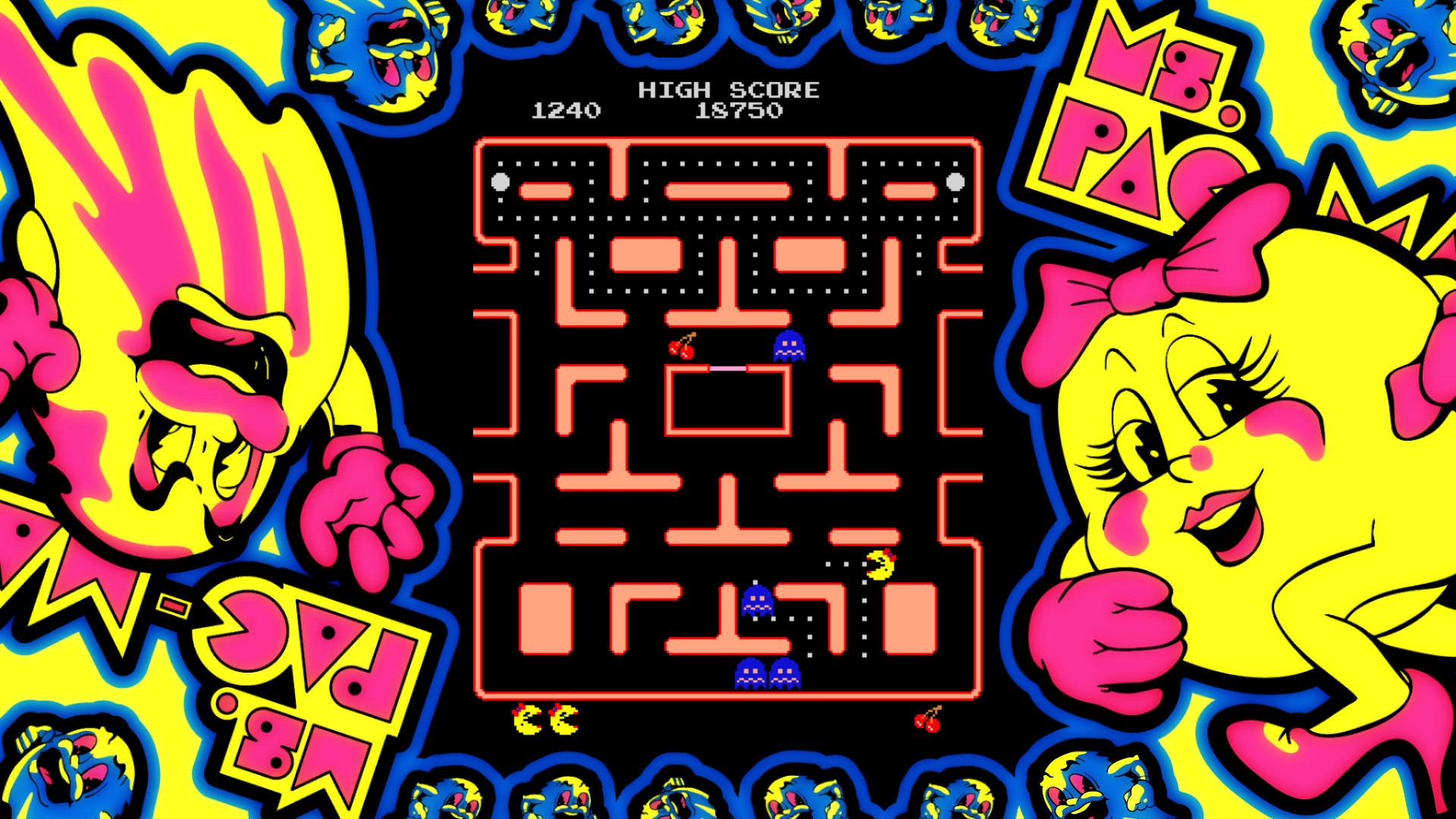
Women-and men-flocked to the game and more than 125,000 cabinets were sold within five years of its release, raking in some $1.2 billion during that time period, making it likely the fourth best-selling arcade game of all time (behind World Video Game Hall of Fame inductees Pac-Man, Space Invader, and Street Fighter II). These changes proved to be more than just window dressing in extending the game’s appeal. She is no mere damsel in distress (like Pauline in Donkey Kong) but instead a bold, liberated woman, albeit in the shape of a yellow disc with lipstick, bow, and beauty mark. Pac-Man is as much the pursuer of Pac-Man as the pursued. Furthermore, in the interstitial “Acts” or stories of the game, Ms. The term offered a female equivalent to the male “Mr.,” giving no indication of marital status. Feminist Gloria Steinem had popularized the neutral title “Ms.” in her magazine of the same name that debuted in 1971. While on the cabinet art the character appeared as a cartoon femme fatale, the choice of the sobriquet “Ms.” rather than “Miss” or “Mrs.” was a bold one. Pac-Man represented a turn in the cultural conversation about women’s place in the arcade as well as in society at large.įirst of all, there was the name. By offering the first female video game character, Ms. Some advertisements were more blatantly sexist, as in the case of the earlier Atari chase game Gotcha whose advertisements showed a man grabbing a scantily clad woman, like a lecherous satyr pursuing a nymph. Arcade flyers had generally depicted males as active players and females as passive admirers of the action. There was nothing inherently gendered about early video games, but the coin-op industry certainly advertised them that way. Pac-Man promoted and signaled the broadening of game play across the genders.

Through their collaboration with Midway the main character was changed to female, and Ms. They called their game “Crazy Otto” (giving Pac-Manlegs) and reached out to Midway, the company that had the rights to Pac-Man in North America, to produce it. These improvements in gameplay came not from Pac-Man’soriginal Japanese creator Namco, but instead were changes that started with an “enhancement” kit created by a couple of MIT students who founded General Computing Corporation.


 0 kommentar(er)
0 kommentar(er)
